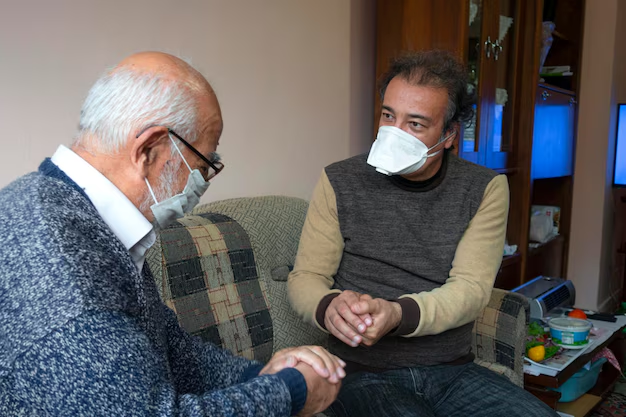Discovering Albuquerque's Safe Havens: Navigating Homeless Shelters and Support
In the heart of New Mexico, Albuquerque serves as a beacon in the desert for individuals seeking shelter and a fresh start. Whether you're new to the city or a long-time resident in need of assistance, understanding how Albuquerque’s homeless shelters operate can be a key step in finding the help you require.
Where to Find Support
Albuquerque boasts a variety of shelters designed to accommodate different needs. Organizations like the Good Shepherd Center and the Barrett House Shelter provide not only temporary housing but also critical support services such as counseling, job placement, and educational resources. The Westside Emergency Housing Center is another prominent facility, often expanding its capacity during colder months to ensure no one is left in the elements.
To start your journey towards securing shelter, it’s often best to contact these centers ahead of your visit. They can provide vital information on what documentation you might need, as well as availability and specific intake hours. If you’re assisting a friend or loved one, be sure to call and gather information on their behalf.
Beyond Immediate Shelter
While a safe place to sleep is crucial, Albuquerque shelters also focus heavily on providing pathways out of homelessness. Many facilities offer workshops on resume building, financial literacy, and even basic computer skills to assist residents in reintegrating into the community.
Emergency Financial Assistance is often available to those struggling with more than just housing. Programs like the New Mexico Works initiative offer aid that extends beyond shelter, helping with food, utilities, and other essentials.
Government Aid and Financial Programs
Engaging with local government assistance programs can also pave the way for long-term stability. Programs such as the Supplemental Nutrition Assistance Program (SNAP) and TANF (Temporary Assistance for Needy Families) can help bridge the gap during tough times.
For those looking to rebuild financially, exploring debt relief options and credit counseling services can provide pathways to financial stability. Local organizations often partner with credit agencies to offer guidance and education to those in need.
Empowering Through Education and Career Development
A shift towards educational attainment can also reshape one's future. Educational grants and funding for vocational training can open doors to new career opportunities. The Central New Mexico Community College offers numerous programs that may be covered by grants or scholarships specifically tailored for those facing financial hardship.
For those ready to step into professional roles, career centers around the city host job fairs, offering networking opportunities to meet potential employers who are eager to hire resilient individuals ready for new beginnings.
Key Resources at a Glance
- 🌟 Good Shepherd Center: Shelter and comprehensive support services
- 🌟 Barrett House Shelter: Support for women and children
- 🌟 Westside Emergency Housing Center: Extensive emergency accommodations
- 💡 New Mexico Works: Financial assistance beyond housing
- 💡 SNAP & TANF: Essential support for families and individuals
- 📚 Educational Grants: Central New Mexico Community College and more
- 💳 Debt Relief & Credit Counseling: Local resources for financial recovery
With the right resources and a supportive community, a new chapter in Albuquerque is not only possible but well within reach.
